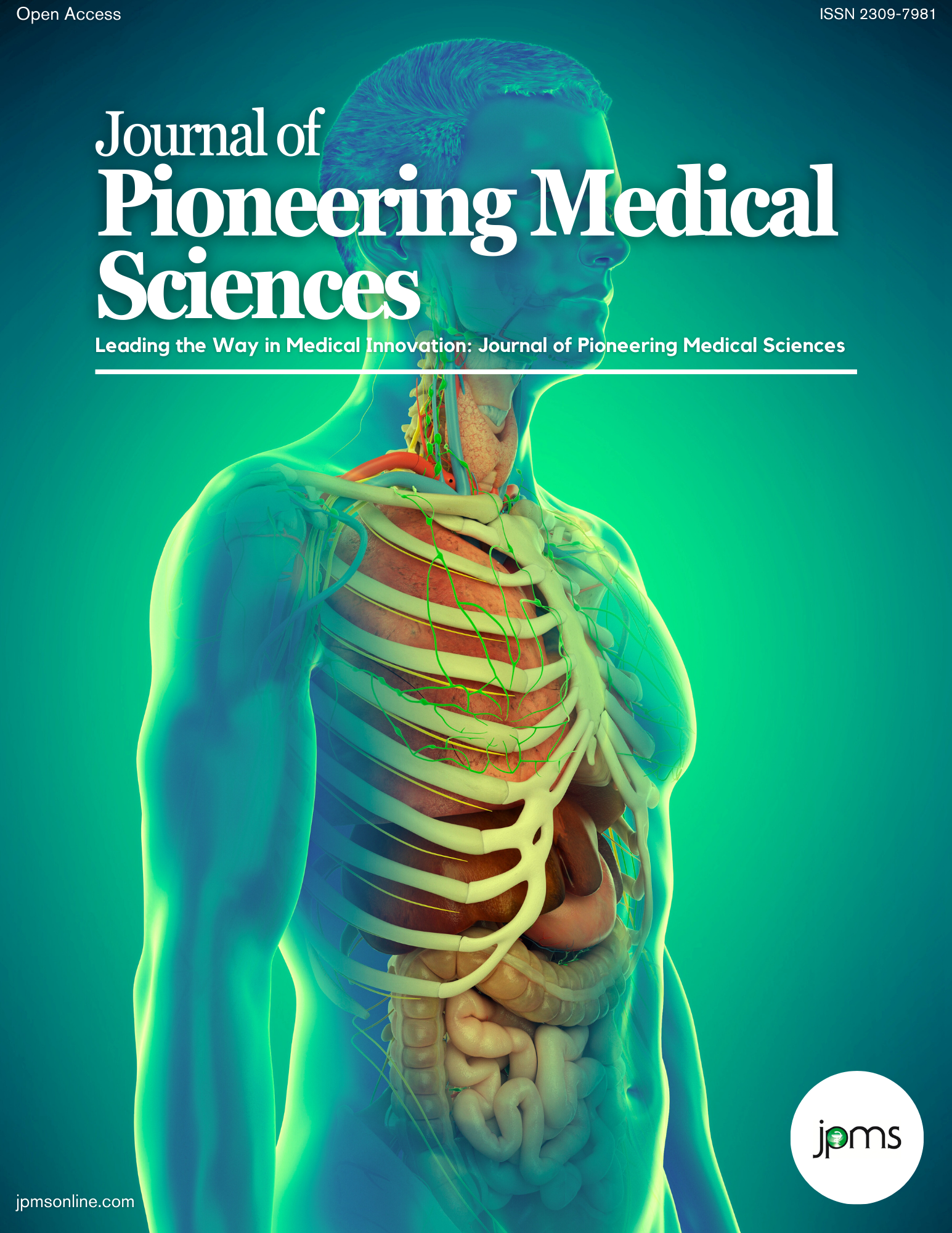Importance of Severe Acute Respiratory Syndrome Coronavirus 2 (SARS-CoV-2) Virus Viral Components: A Comprehensive Review
In recent times, a new viral origin, known as SARS COV-2, has been identified as responsible for the pandemic. SARS COV-2 is the severe acute respiratory syndrome coronavirus 2 (SARS-CoV-2) associated mainly with breathing or respiratory problems. This review shows details about the virus and its components and transmission. The world is fighting and trying to develop a cure or vaccine against the virus. SARS-CoV-2 commonly presents itself with fever and pneumonia resulting in dyspnea, respiratory insufficiency and damage to the lung, resulting in morbidities and mortality. Besides the breathing system that is attacked by the virus, other organs and organic systems can suffer the inconvenience of the infection, such as, for example, the brain, gastrointestinal tract, renal system, hepatic system, hematological, cardiovascular and immune system. Coronaviruses (CoV) are enveloped positive-strand RNA viruses found in a host of animals and humans, which belong to the family Coronaviridae and subfamily Coronavirinae, the order of the nucleoside sequences. Though rare, CoVs can mutate and cross animal-wildlife barriers, returning to perpetuate the public health crisis. It is a large virus with a genome size of about 30 kb. The genome has 14 open reading frames, with the four major structural proteins: the spike (S), envelope (E), membrane (M) and nucleocapsid (N) proteins at the 3 end of the genome. It is the S protein, through the receptor binding domain, that is essential for binding to the ACE2 receptor and its priming by transmembrane serine protease 2 allows the virus to enter the host cell through membrane fusion with the host cell membrane.

